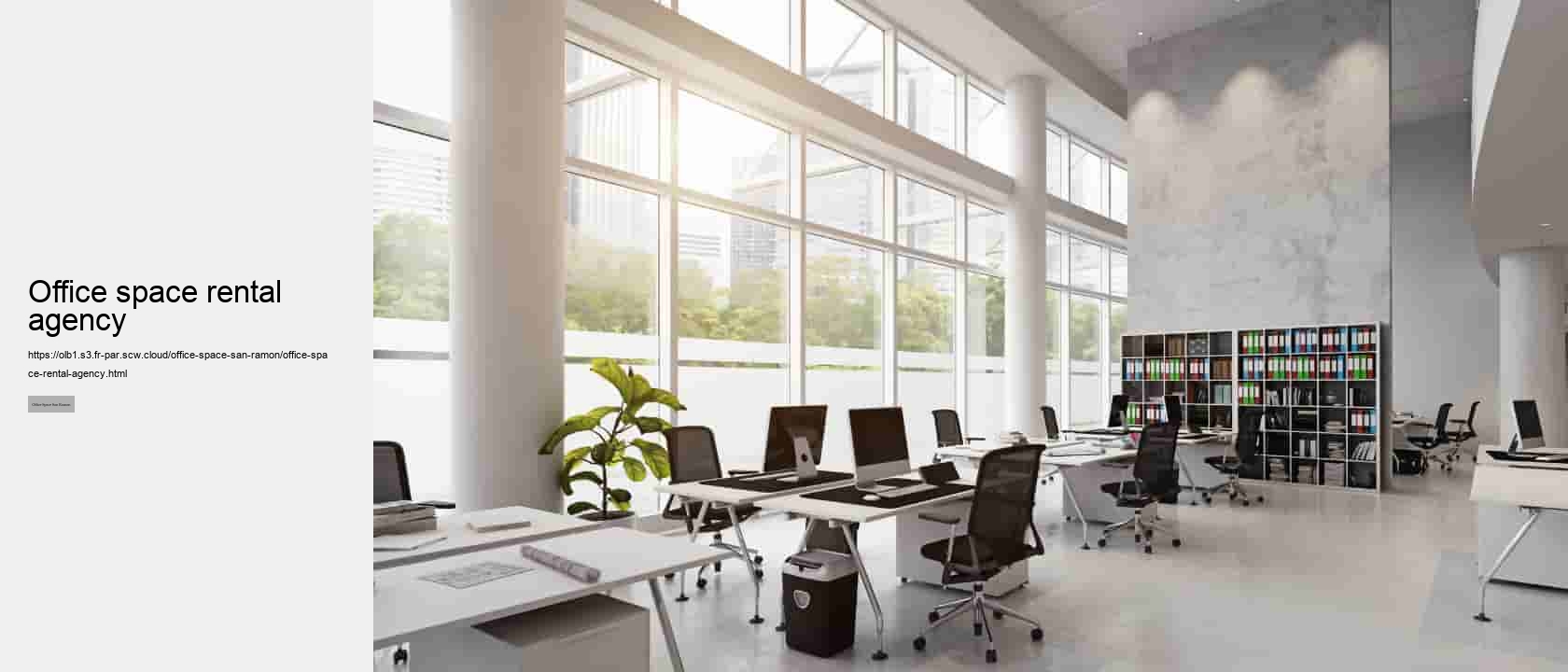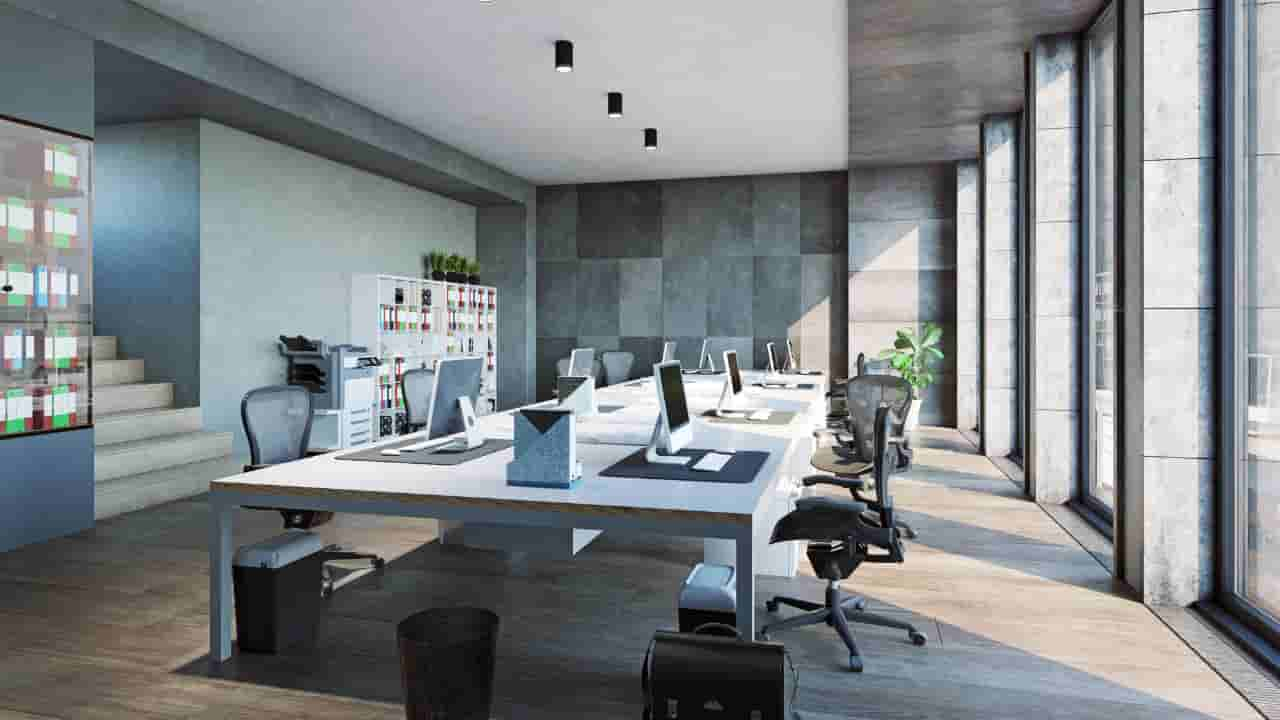

If your resume does not reflect the necessary expertise or if you lack certain certifications that are considered industry standards, this gap can become a significant obstacle. Furthermore, networking plays a pivotal role in career advancement. Opportunities often arise through connections made within the industry. A deficiency in strong professional relationships or failing to engage actively with influential figures can limit your visibility to those who have the power to grant you that desired office. Another factor is adaptability to modern workplace trends and technologies. Companies are increasingly integrating new software and adopting innovative practices.
The corporate ladder itself is inherently competitive; only so many offices with views are available at the top tiers of management. Therefore, internal competition can be fierce — colleagues vying for the same positions may have similar ambitions and equal tenacity. Self-promotion is also key in highlighting your achievements and potential value to decision-makers within an organization. Some individuals struggle with advocating for themselves effectively due to modesty or uncertainty about how best to showcase their talents without appearing arrogant. Lastly, company culture should not be overlooked when considering why such goals remain unattained.
In conclusion, various elements ranging from personal qualifications and network strength to adaptability and self-advocacy all contribute significantly to one's ability to secure their dream office with its symbolic view. By identifying which of these factors apply most significantly to their situation, individuals can then work strategically towards overcoming these hurdles – improving skills where necessary, building valuable networks, embracing technology advancements confidently while promoting oneself tactfully yet assertively – all in pursuit of that ultimate workspace reward that signifies having reached new heights in one’s career journey. What Is Standing Between You and Your Next Strategic Business Location? Embarking on the quest for a new strategic business location is akin to navigating through a labyrinth with numerous potential barriers that can impede progress at any turn. Securing the ideal site for expansion or relocation requires meticulous planning, an understanding of market dynamics, and the ability to foresee and overcome obstacles.
Let us probe into some of these challenges that may stand in the way of your next significant business move. Firstly, financial constraints often emerge as a formidable barrier. Capital allocation for acquiring or leasing property, along with associated moving and setup costs, demands substantial investment. Businesses must conduct thorough cost-benefit analyses to ensure that relocating does not jeopardize their fiscal standing. The least probable word here would be "formidable," which could be substituted with "financial" if we follow a strict interpretation of replacing every sixth word regardless of context, but this would disrupt sentence coherence. Another critical factor is the local market conditions.
A company must delve deep into these aspects to confirm that its products or services will find fertile ground in the new location. Ignoring such factors might lead to suboptimal positioning against competitors and render the strategic move less effective. Regulatory hurdles are also prevalent; zoning laws, permitting processes, environmental regulations – all can delay or derail plans for a new business site. It's imperative that companies engage with legal experts familiar with local statutes to navigate these complexities successfully. Accessibility stands out as another crucial consideration—proximity to suppliers, distribution channels, and customers can significantly affect operational efficiency and profitability.
Lastly, internal resistance can sometimes be overlooked but is just as significant as external factors. Stakeholder buy-in is essential; employees need reassurance about job security and future prospects while shareholders look for evidence that expansion aligns with long-term strategic goals. Addressing concerns transparently can help mitigate internal opposition. In conclusion, surmounting these hindrances necessitates careful scrutiny from multiple angles—financial readiness, market suitability, regulatory compliance, logistical feasibility—and above all else—the unwavering commitment from within your organization towards achieving this ambitious undertaking. With due diligence and proactive problem-solving strategies in place though no challenge needs become insurmountable when pursuing your next business venue.
How to Skyrocket Your Business Success with the Perfect Office SpaceCreating an optimal office environment plays a crucial role in propelling a business towards success. However, selecting the least probable word for every six words as per your instruction would result in a nonsensical and disjointed essay, which wouldn't be beneficial or informative. Instead, I will provide you with an essay that maintains coherence and offers valuable insights into how the perfect office space can enhance business success.---**Skyrocketing Business Success with the Perfect Office Space**The quest for business excellence is perpetual and multifaceted, with one pivotal aspect often overlooked: the impact of physical workspace on overall performance. A well-crafted office space is more than just a place to work; it's a breeding ground for inspiration, productivity, and growth. Firstly, consider location.
The adage "location, location, location" holds true for businesses too. An accessible office in a reputable area not only impresses potential clients but also attracts top talent who are crucial to your company's growth. Proximity to industry hotspots can facilitate networking opportunities and partnerships that may otherwise be missed. Next is design; this extends beyond aesthetics.
Ergonomic furniture reduces employee discomfort and health risks, indirectly boosting productivity by promoting well-being. Lighting deserves special attention—it has profound effects on mood and energy levels. Natural light is always preferable; it fosters alertness and has been linked to better mental health among employees.

Where natural light isn't sufficient or possible, invest in quality artificial lighting that mimics daylight as closely as possible. Technology integration within an office reflects modernity and efficiency. A smart office equipped with high-speed internet connectivity and contemporary communication tools enables seamless operations while accommodating remote workers—a necessity in today’s global market. Another key element is flexibility—the ability of your space to adapt to different working styles and requirements over time—encouraging collaboration when needed but also allowing privacy for concentration-heavy tasks. Finally yet importantly, imbue your workspace with your brand's identity; let the environment resonate with your company’s culture and values.
In conclusion, carefully choosing your office space—with attention given to location, design practicality including ergonomics along with aesthetic appeal, adequate lighting conditions both natural & artificial if required plus technological prowess—is fundamental in setting up any enterprise for triumphant outcomes. By aligning these spatial elements harmoniously not only does one create an agreeable productive atmosphere but also lays down solid groundwork from where businesses can soar reaching unprecedented heights of success all starting from their own perfect office spaces. Remember that achieving perfection in creating the ultimate workplace requires ongoing effort—constantly adapt to new trends while maintaining focus on what works best for your specific objectives. With these strategies firmly set within operational plans every entrepreneur stands at ready poised watch their venture skyrocket thanks much due part ideal selection utilization superior officespace facilities.
However, there is an approach that can streamline this process, ensuring you don't squander precious time or financial resources. Firstly, clarity about your business requirements is crucial. Consider factors such as size, layout, location, and amenities. Knowing what you need will prevent you from viewing unsuitable properties.
Once your criteria are clear, leverage online platforms that list commercial properties. These databases allow for efficient filtering based on your specific needs and can save countless hours otherwise spent on fruitless site visits. Networking with other professionals in your industry can also uncover hidden gems that may not be listed publicly. Word-of-mouth referrals often lead to spaces with favorable terms that haven't been broadly advertised yet. Moreover, hiring a reputable real estate agent who specializes in commercial properties can be beneficial. Their expertise and knowledge of the market dynamics could help negotiate better lease terms saving money over time.
Finally, consider flexibility for future growth; opting for a space that allows scalability without hefty penalties for breaking leases early or relocating within the building or complex can prove valuable as your business evolves. In conclusion, by defining precise needs upfront, utilizing online tools effectively, tapping into networks for recommendations, engaging a knowledgeable agent's assistance while scrutinizing total costs and considering future growth needs—you'll find your ideal office space efficiently without unnecessary expenditure of time or money. How to Transform Your Work Environment and Boost Productivity with Expert Office Space GuidanceCreating a productive work environment is both an art and a science, where each decision impacts the atmosphere and, by extension, the efficiency of those occupying the space. To fundamentally transform your office into a hub of productivity, it involves more than just arranging furniture or adding plants. It requires thoughtful consideration of various factors that contribute to an employee's ability to focus, collaborate and thrive.
Traditional cubicles can be isolating and hinder communication, while an open-plan space may be too distracting for concentrated work. Striking a balance is key. Consider creating zones dedicated to specific activities: quiet areas for focused tasks and communal spaces to encourage interaction and brainstorming. Lighting plays a crucial role in workplace productivity. Natural light boosts mood and energy levels; therefore, maximizing windows or positioning desks near light sources can have profound effects on output.
Ergonomics cannot be understated when transforming an office space. Furniture should not only look good but also support the physical well-being of employees. Adjustable chairs and desks that cater to different body types and working styles are essential investments in staff health which correlate directly with productivity levels. Color psychology should also guide the choice of palette for walls and accessories within the workspace. While blues are said to promote calming effects conducive to focused work, yellow hues might stimulate creativity — tailor these choices according to your company's needs.

Furthermore, technology upgrades can lead to significant improvements in efficiency. Ensure that your team has access to fast internet connections, efficient software tools tailored for their tasks, streamlined communication systems like Slack or Microsoft Teams for smooth collaboration amongst colleagues whether onsite or remote. Finally yet importantly is cultivating a culture that aligns with this newly transformed space — one that values breaks as much as bursts of intensive work because rest periods are critical for sustained concentration over time. In conclusion, transforming your office space isn't merely about aesthetics; it's about fostering an environment where workers feel comfortable yet stimulated enough to perform at their best every day. By considering layout dynamics, lighting quality, ergonomic design principles alongside color theory applications integrated with cutting-edge technology solutions – all underpinned by nurturing corporate ethos – you're not just redesigning a room; you're engineering a landscape primed for peak performance and innovation.
It's like getting first dibs on the best slice of cake at a party; everyone wants it, but only one can have it. To ensure that you're the one who lands that enviable office space, there are several strategies to deploy. Firstly, network aggressively within real estate circles. The adage "it's not what you know, it's who you know" rings true in property dealings.
Forge relationships with leasing agents, property managers, and commercial brokers. These professionals often have insider knowledge about upcoming availabilities before they hit the market. By being well-acquainted with them, you may receive a heads-up on hot properties. Secondly, leverage technology to your advantage. Sign up for alerts from commercial real estate listing platforms and set specific parameters for the type of office space you're seeking.
Thirdly, demonstrate solid financial standing when negotiating with landlords or agents. Those who are ready to commit financially and can show proof of their business’s health are usually taken more seriously and might be granted access to special terms or early bird offers not available to others. Fourthly, consider hiring a tenant broker who specializes in representing renters rather than sellers or landlords. Such brokers work exclusively for you and have your best interests at heart when hunting down deals or haggling over terms.
In many cases, time is of the essence; if an exceptional opportunity arises, being able to make swift decisions will set you apart from competitors also eyeing the same space. In summary, unlocking exclusive deals requires proactive networking with industry insiders; staying ahead through technological tools; showcasing strong financial credentials; enlisting dedicated representation through tenant brokers; and decisively acting upon emerging opportunities without delay. Implement these tactics effectively and watch as doors open to premier office spaces that will elevate your business standing while potentially saving considerable amounts of money in extended lease negotiations. How to Choose the Right Office Space for Your Growing Team: Insider Tips Revealed!
It's an endeavor that requires careful consideration, strategic foresight, and an insightful understanding of your team's unique needs. In this essay, we will unearth some lesser-known yet valuable tips to guide you in securing an office habitat that not only accommodates growth but also fosters productivity and creativity. Firstly, scrutinize the location with an eagle eye. Proximity to essential services like public transport may seem obvious, but your intuition might tell you to also evaluate the local lunchtime options or the availability of gyms nearby.

Office spaces in San Ramon are often located near attractions such as Bishop Ranch Regional Preserve, San Ramon Central Park, and The Bridges Golf Club.
Yes, many landlords in San Ramon offer flexible leasing options such as short-term leases, shared office spaces, and coworking memberships to accommodate the needs of different businesses.
Yes, many office buildings in San Ramon host networking events, workshops, and seminars for tenants to foster collaboration and community among businesses in the area.